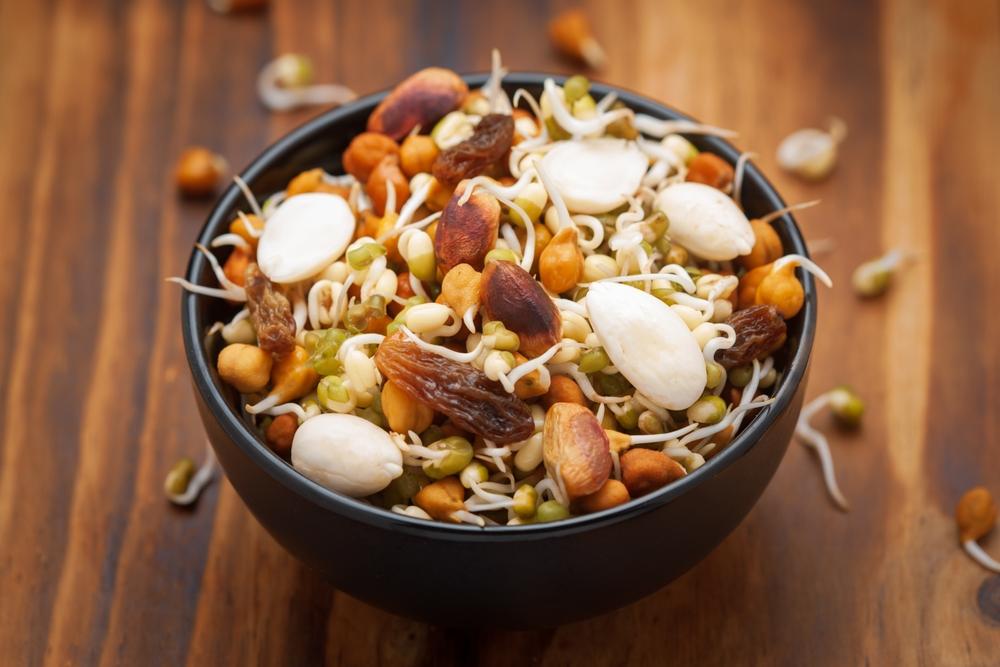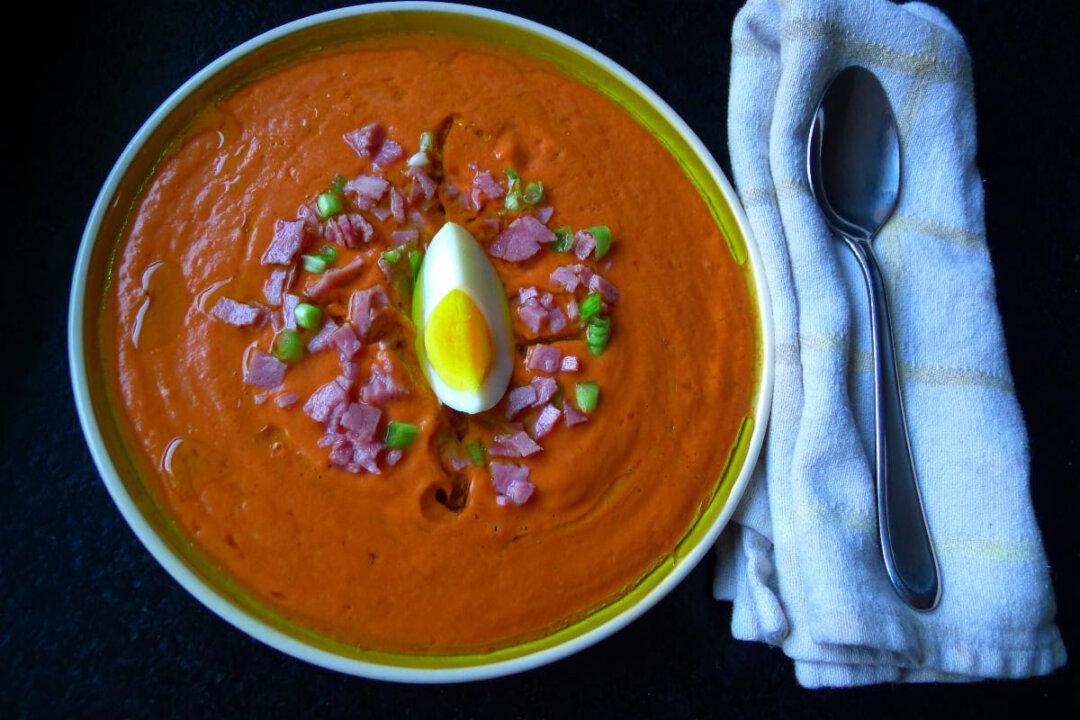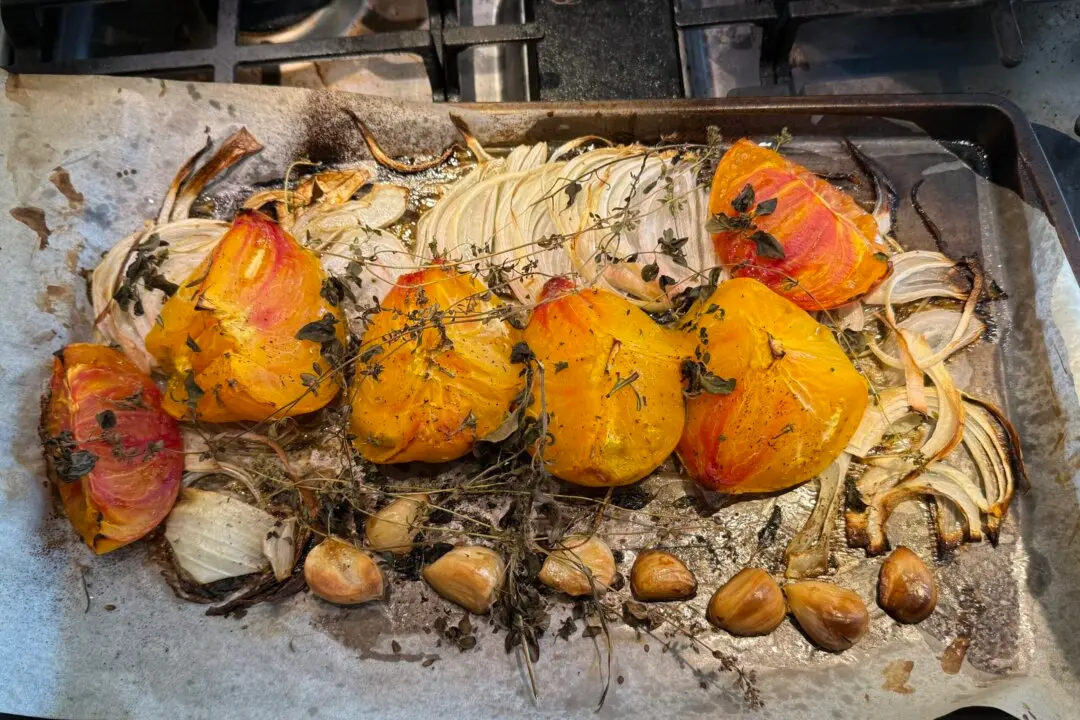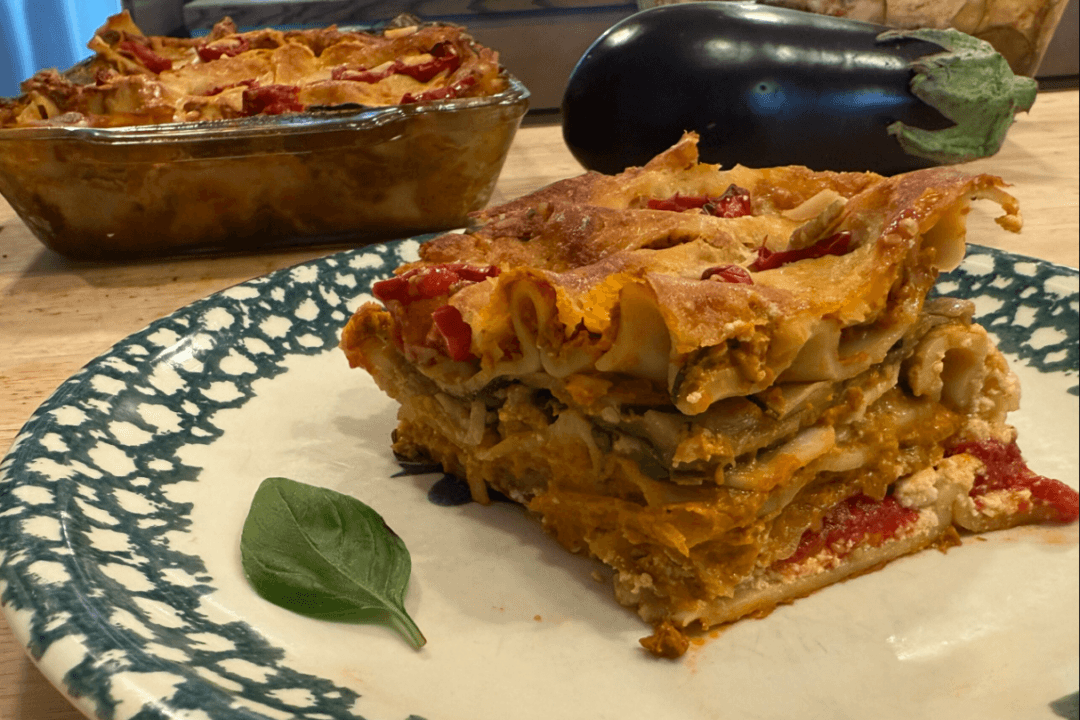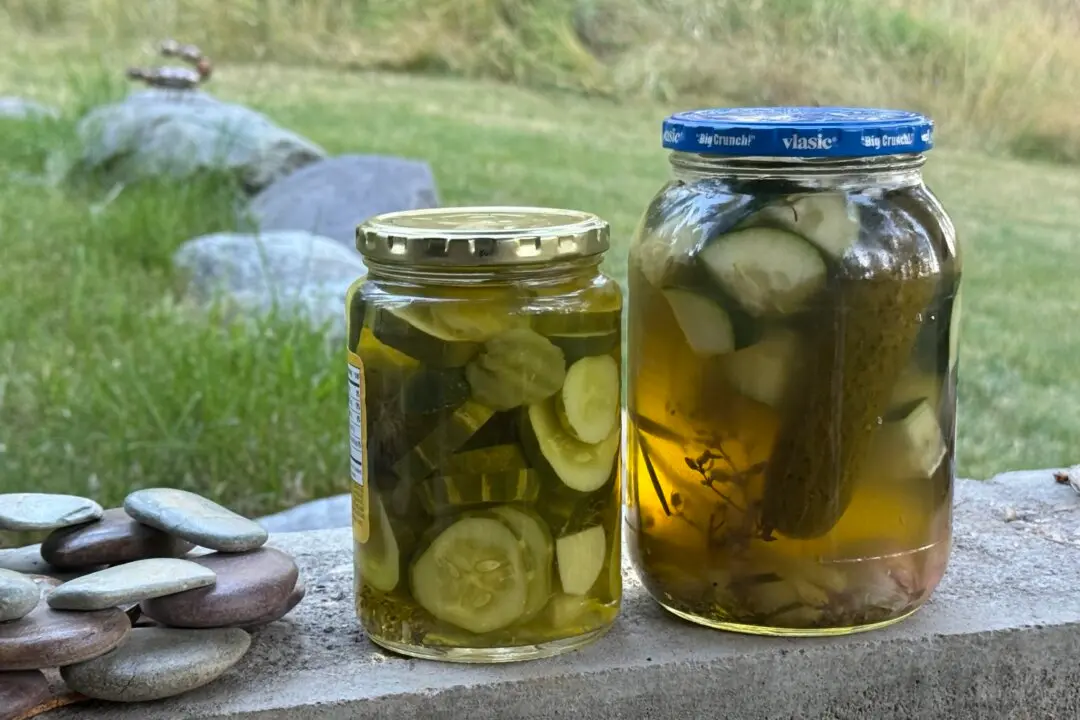One of my favorite snacks is sprouted almonds. I’ll soak a cup of raw almonds in a mason jar of water. After about two hours, I’ll change the water, then let them soak overnight. By morning, the sprouting has begun.
When most people think of sprouts, they think of pale green, leggy alfalfa sprouts you get on a sandwich, or the bean sprouts in a bowl of pho. But you don’t have to wait for visible growth to appear in order to enjoy the many benefits of sprouting.

